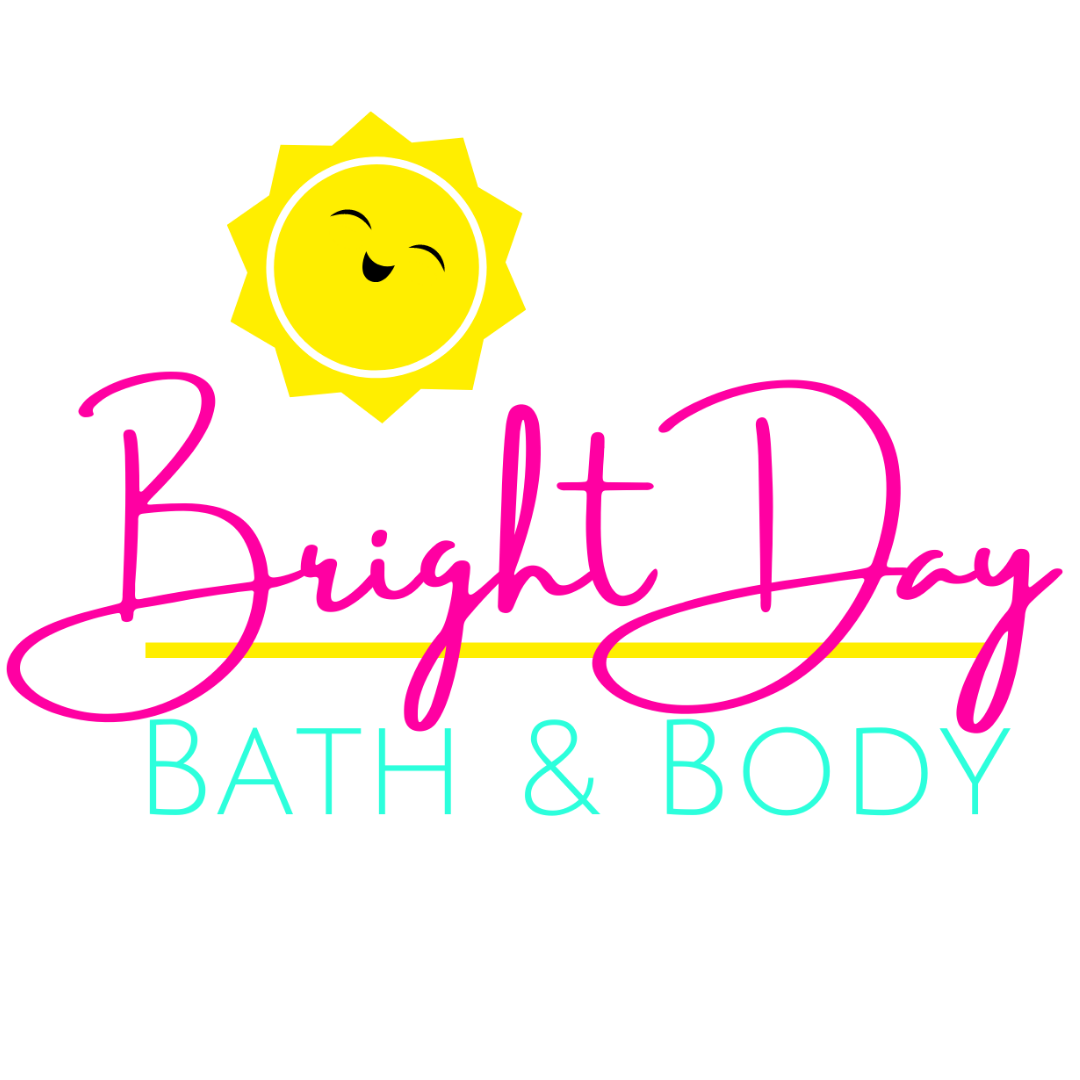Ingredient Glossary
Curious about some of the ingredients in your body care product? You are in the right place! There has been an increased focus over the last several years on the ingredients we use to care for our bodies - whether it be body care, hair care or cosmetics.
I select the ingredients for Bright Day products carefully, providing quality body care that's also safe. Some of the ingredients have unusual or 'scientific' sounding names and there is a misleading belief that ingredients like that must be harmful.
This is not necessarily the case, so I've create this quick glossary of ingredients you'll find in my products that may have unusual or long names.
You can also visit this database: Ingredients | Cosmetic Ingredient Review (cir-safety.org) to look up any ingredients you may have questions about.
| Ingredient | Definition | |
| Glycerin | A humectant made from vegetables that draws moisture from the air. | |
| Sodium Hydroxide | Lye. This is NOT present in the final soap product. It chemically reacts with the oils and fats to create soap. | |
| Sorbitol | A sugar alcohol that acts as a skin conditioner and helps thicken some products. | |
| Propylene Glycol | An alcohol used as a skin conditioning agent and a viscosity decreasing agent. | |
| Sorbitan Oleate | Derived from sorbitol (sugar alcohol), this adds cleansing features to a product, and helps emulsify oil and water in products. | |
| Oat Protein | A protein derived from oats, used as a skin conditioner. | |
| Sodium Cocoyl/ Lauroyl Isethionate | A surfactant derived from coconut oil that helps cleanse and create lather. | |
| Tetrasodium EDTA | An acid used to preserve a product and help a product perform better in places with hard water. It inactivates minerals, prohibits bacteria from growing and can improve foaming lather. | |
| Phenoxyethanol | Preservative that prevents the growth of mold and bacteria | |
| Oxides / Iron Oxides | Colorants used to color products | |
| Titaniuim Dioxide | Colorant used to whiten products | |
| Mica | Mined mineral used to color products | |
| Synthetic Fluorphlogopite | Synthetic mineral used to color products | |
| parabens (methyl, propyl,butyl) | Preservatives used to keep products from growing bacteria & mold | |
| Sodium Lactate | A sodium salt derived from lactic acid | |
Tips for Researching Ingredients:
- Look for sources that cite scientific research for their claims. Websites that end in .edu and .gov are far more reliable than .org or .com. While some websites, such as the Environmental Working Group's Skin Deep, are very popular, there can be a lack of scientific data to support their high or low ratings for a particular ingredient.
- Remember that natural doesn't automatically = safe. (Just think about poison ivy or any other poisonous plant that you definitely wouldn't want in your body care product). Even with natural ingredients, do your research if you're sensitive or have a medical condition that could interact with an ingredient.
For example, parabens, pthalates and fragrance oils often get negative press for being endocrine disruptors. However, did you know that lavender essential oil, one of the most common 'natural' scents used, is also an endocrine disruptor? Probably not. Most people and organizations are either not aware or assume the essential oil must be a safer choice because it comes from a common plant. You can read this government scientific study from the National Institute of Environmental Health Sciences to learn more.
All the ingredients at Bright Day Bath and Body are approved for use in bath & body products. I am careful about only using ingredients in the types of products they are approved for.
Still have a question about an ingredient not listed here? Email me at info@brightdaybathandbody.com
